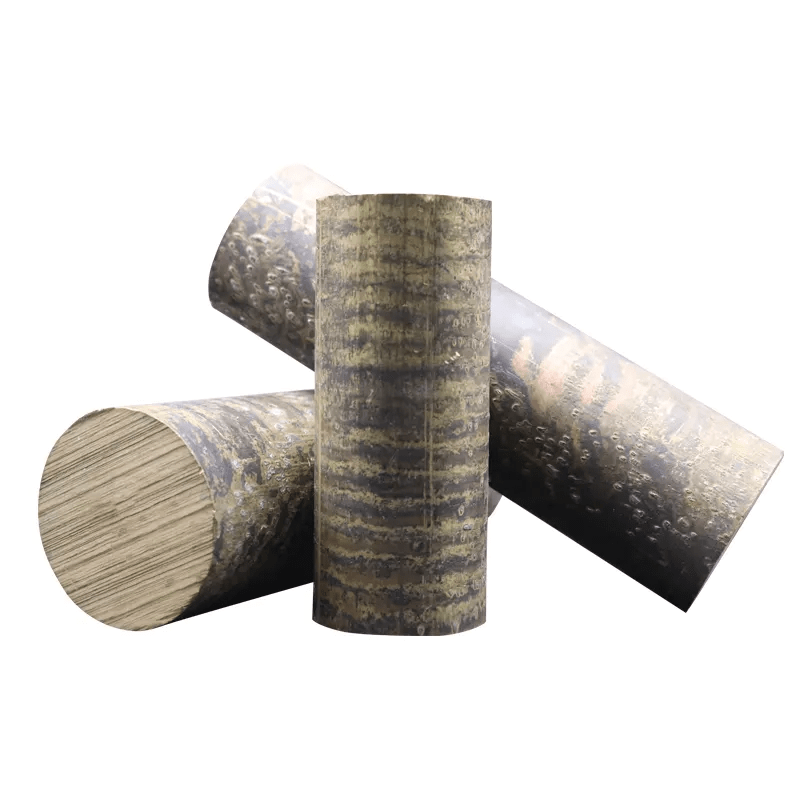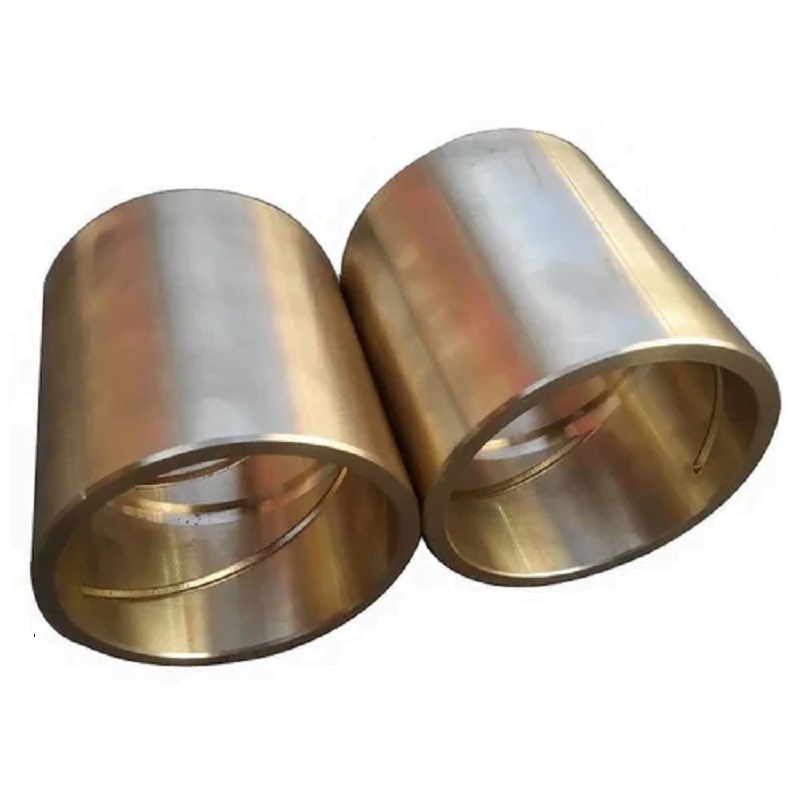
Tin bronze and aluminum bronze are both types of copper alloys, but they differ in their composition and properties:
Composition:
- Tin Bronze: Primarily composed of copper and tin, with tin typically ranging from 5% to 20%. It may also contain small amounts of other elements for specific properties.
- Aluminum Bronze: Contains copper and aluminum, with aluminum content usually ranging from 5% to 12%. It may also include small amounts of iron, nickel, or manganese.
Properties:
- Tin Bronze: Known for its excellent corrosion resistance, good wear resistance, and high strength. It’s often used in applications like marine hardware, musical instruments, and bearings.
- Aluminum Bronze: Offers superior corrosion resistance, especially in marine environments, along with high strength and good machinability. It’s often used in aerospace components, pumps, and valves.

Applications:
- Tin Bronze: Commonly used in applications where good wear resistance is crucial, such as in bearings and bushings.
- Aluminum Bronze: Typically found in more demanding environments, like in the aerospace and oil industries, due to its robustness and resistance to harsh conditions.
In summary, the main differences lie in their alloying elements and resulting mechanical and corrosion-resistant properties, which dictate their respective applications.
